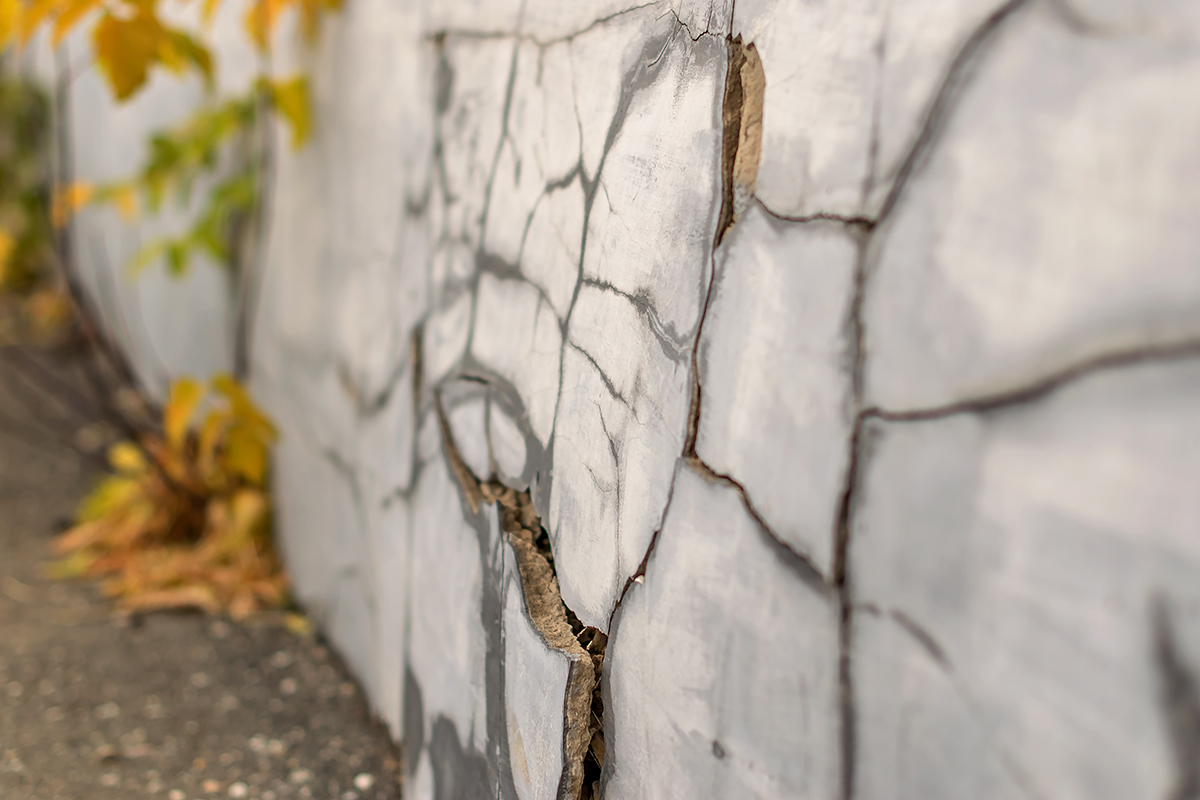
Nothing will put a damper on your day like water leaking into the basement, and we all know that in Canada the spring thaw can be particularly challenging for homeowners. We spoke with two RenoMark contractors, Warren Price of Warren & Co. Contracting Ltd., in Trenton, Ont., and Curtis Breslaw of All Canadian Renovations, in Winnipeg, Man., for their advice on the most common causes of basement leaks, how to repair the damage, and how to prevent future flooding.
Finding the source
Outside of an obvious source – a burst pipe, say, or overland flooding – leaks often go initially undetected. “It’s going to hide itself for a while,” says Price. “You’ll notice it when the baseboards start to swell, the paint starts to bubble, or you see black spots on the carpet.” Of course, water follows the path of least resistance so the leak may not be directly behind your telltale signs. So that means opening up the wall there and working your way back until you find the source. “I call it ‘exploratory surgery,'” says Breslaw. “You start at the wettest part and take it back from there.” Any water damaged material needs to be removed anyway to avoid mould growth.
Foundational fix
Water often makes its way into a basement through cracks in the foundation. Once the crack or cracks have been located, they’ll need to be sealed. “The most effective way to do it is on the outside,” says Price. Unfortunately, that means excavating around the foundation so that your contractor can apply a sealant to the concrete.
If you can’t excavate from the exterior – the neighbour’s home is too close or you’d have to rip out a deck or driveway to do so – you’ll have to work from the inside. For interior sealing, Price recommends filling foundation cracks with epoxy, and then covering that with a rubber compound.
Water seepage
In areas where the water table is high, during rainy periods water can actually seep up into the basement through the soil. If that’s the case, “a sump pump is the solution,” says Price. To install one, you’ll have to break up the floor to dig a pit. Water will collect inside a basin and once the float valve reaches a certain level, the pump will turn on and force the water out through a drain.
Breslaw recommends replacing the pump every five years so you don’t have a failure when you most need it. “If it’s overworked, the motor will wear out. If it rarely kicks in, the seals can dry out,” he says.
Window wise
Window wells are another common source of water penetration. They have a drain that can get clogged with leaves and other debris. This allows water to build up and eventually seep in around the window frame. The window wells can also fill with snow. “Make sure you clean out the leaves and snow,” says Breslaw. One option to minimize the workload is to install a cover over the well, using a hinged one if the window is an emergency egress.
Basement windows can also be a source of leaks if the sills are at or below grade, allowing water to pour in. If that’s the case, you’ll need to either raise the windows (losing some light) or excavating around the openings.
Exterior maintenance
Start with the outside of your house,” advises Breslaw. “Keep water away from your foundation as much as possible.” Step one is making sure your downspouts eject the water at least four feet from the foundation. But that won’t help if your yard slopes towards the house. If that’s the case, you’ll want to consult with a landscaper about re-grading the lot so that water flows away from the building.
You should also inspect your eavestroughs during a rainstorm to see if there are any gaps in the seams that are allowing water to run down against the foundation. Your eaves should be cleaned every fall. If not, the weight of frozen leaves can pull the eavestroughs away from the house, allowing water to pour down the exterior cladding to the foundation.
Overall, every basement is unique, and leakage can come from any number of sources. If you find a water leak in your basement, it’s important to consult your contractor to gain an understanding of the source causing the leak and the options for repair. RenoMark contractors have agreed to abide by a Code of Conduct to make it easy for homeowners to identify professional contractors who have agreed to provide a superior level of service. If you’re looking for a RenoMark contractor in your area, visit the RenoMark directory to find a professional.
For more information on basement renovations and repairs, read up on 5 Tips for Cozy Finished Basement or Why your finished basement may be cold on the RenoMark blog.



